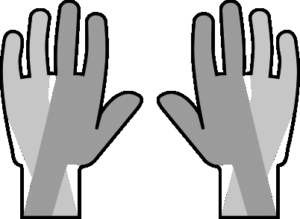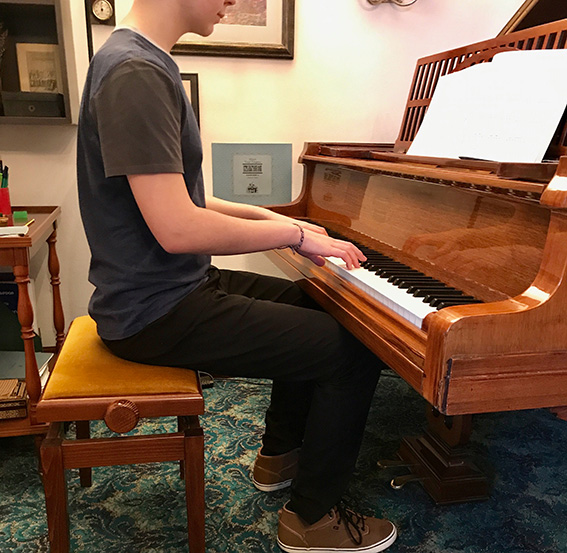Posture and anatomy
The quality of your practice is much more important than the amount of practice. Medical and educational research has shown that if done well, you learn much faster, so it is convenient to know the anatomical structure of the hand and forearm.
The hand extends from the wrist to the fingertips. It comprises a highly mobile and adaptable articulated framework of 27 short and long bones. Its position on the keyboard is quite obvious; we know its structure well and can even imagine its radiography when observing it. The functional position of the forearm, however, is less evident. Thus, it would do us well to explain some of its anatomy to the student.
There are only 2 bones in the forearm – the ulna and radius. Holding the hand palm up, the radius is behind the first 3 fingers, while the ulna is behind the 4th and 5th. When we turn over our hand, the radius rotates in the elbow and moves atop the ulna. Therefore, these bones are crossed when we play. The ulna part of the forearm (that which is below, from the elbow to the 4th and 5th fingers) and the radius part (which is above fingers 1, 2 and 3), operate by forming an X.


